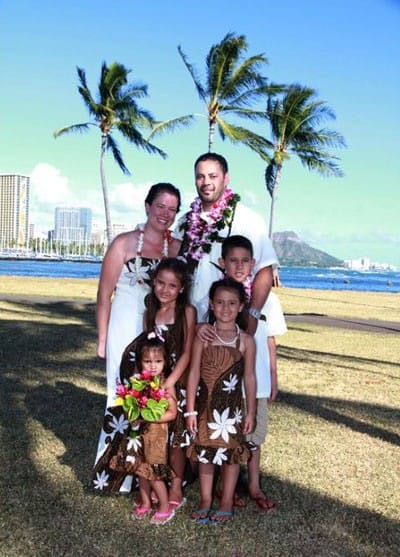 On March 21, 2012, 37-year-old Jennifer Malo was home with three small children, the youngest only 19 days old. With a headache and numbness in her face, she called her sister-in-law, who called 911 because Malo herself refused, thinking she would be fine. But she wasn’t fine. She was having a right-sided hemispheric stroke. By the time she arrived at St. Joseph’s Medical Center in Tacoma, the entire left side of her body was completely immobile.
On March 21, 2012, 37-year-old Jennifer Malo was home with three small children, the youngest only 19 days old. With a headache and numbness in her face, she called her sister-in-law, who called 911 because Malo herself refused, thinking she would be fine. But she wasn’t fine. She was having a right-sided hemispheric stroke. By the time she arrived at St. Joseph’s Medical Center in Tacoma, the entire left side of her body was completely immobile.
After Malo was admitted, Dr. Alison Nohara, MD, told the patient’s husband that his wife was having a major stroke and that he needed to grant permission to conduct emergency surgery. “I remember my husband leaning over me trying to hug me as he took my wedding ring off,” recalls Malo. “As I was prepared for surgery, he said everything was going to be fine. He told me I was having a stroke and they were going to do surgery. I turned my head as much as I could toward my husband and told him to hug and kiss the kids for me.”
After surgery, Malo was in ICU for four days and then released. A year of physical therapy slowly helped strengthen her body, and speech therapy helped exercise her brain. She still has some daily challenges but she is alive for her family and recently celebrated her 10th wedding anniversary in Hawaii.
Now an ambassador for the American Heart Association, Jennifer Malo advises women to know the signs of a stroke.
Signs That You May Be Having A Stroke:
- Sudden numbness or weakness of the face, arm or leg, especially on one side of the body.
- Sudden confusion or trouble speaking or understanding.
- Sudden trouble seeing or blurred vision in one or both eyes.
- Sudden trouble walking, dizziness, loss of balance or coordination.
- Sudden severe headache with no known cause.
Malo stresses to never wait more than five minutes to dial 911 if you feel even one of the signs above. You could be having a stroke even if you’re not experiencing all of the symptoms.
LEAH GROUT
For additional information:
goredforwomen.org
tacomagoredluncheon.ahaevents.org